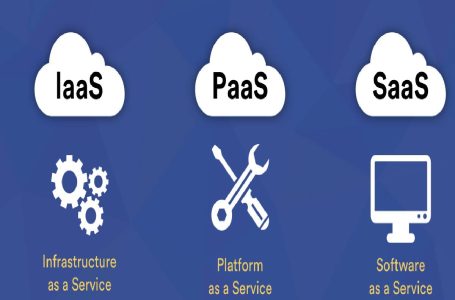Why Silos Hurt Risk Visibility
It’s a common scene in large organisations: departments working in isolation, each tracking their own risks without understanding how those risks affect other areas of the business. The result? Fragmented insight, duplicate work, and missed warning signs. Risk, after all, doesn’t respect department boundaries. A delay in one project can create a financial ripple effect across others. A vendor issue in procurement could trigger reputational consequences if not communicated to leadership in time.
These blind spots aren’t just inconvenient; they’re dangerous. Yet many businesses continue to manage risk with isolated tools and disconnected teams. The answer isn’t more meetings or bigger spreadsheets. It’s smarter, centralised platforms.
Uniting Teams Through a Single Lens
Enterprise risk management software has evolved to tackle the very problem of silos. It enables organisations to bring every stakeholder onto the same page, using a shared system that visualises risk across the entire enterprise. Instead of juggling reports from different teams, leadership gains access to a cohesive view of potential threats, dependencies, and impacts.
This unified approach is especially useful when multiple departments are involved in a single outcome such as delivering a product launch or managing a merger. The right platform can map those interdependencies clearly, making sure everyone understands how their area contributes to the wider risk landscape.
Risk Strategy Becomes Everyone’s Job
When software centralises data and streamlines collaboration, risk becomes a shared responsibility rather than something passed between departments like a hot potato. Teams start engaging with risks earlier, not just when something has already gone wrong. The conversation shifts from firefighting to forecasting.
A well-implemented system also promotes transparency. It shows who owns each risk, what mitigation steps are in place, and how status is evolving. This level of clarity is essential in large enterprises, where accountability can sometimes become diluted.
Real-Time Insight Builds Trust
Perhaps the most valuable feature of modern risk platforms is real-time visibility. When a project falls behind or a supplier reports a new issue, the information is updated instantly across the organisation. Executives can see the current situation and act without waiting for the next reporting cycle.
This responsiveness builds trust at all levels. Project teams feel supported, leadership gains confidence in the data, and board-level discussions can focus on solutions rather than confusion.
Connected Risk, Smarter Strategy
At the core of good strategy is good information. If your risk data lives in silos, your decisions will always be half-informed. But by investing in enterprise risk management software that bridges the gaps between teams and insights, businesses can create a risk culture that is truly strategic, not just operational.
It’s not just about spotting problems early. It’s about ensuring that every part of the organisation contributes to stronger, faster, and more informed decisions.





